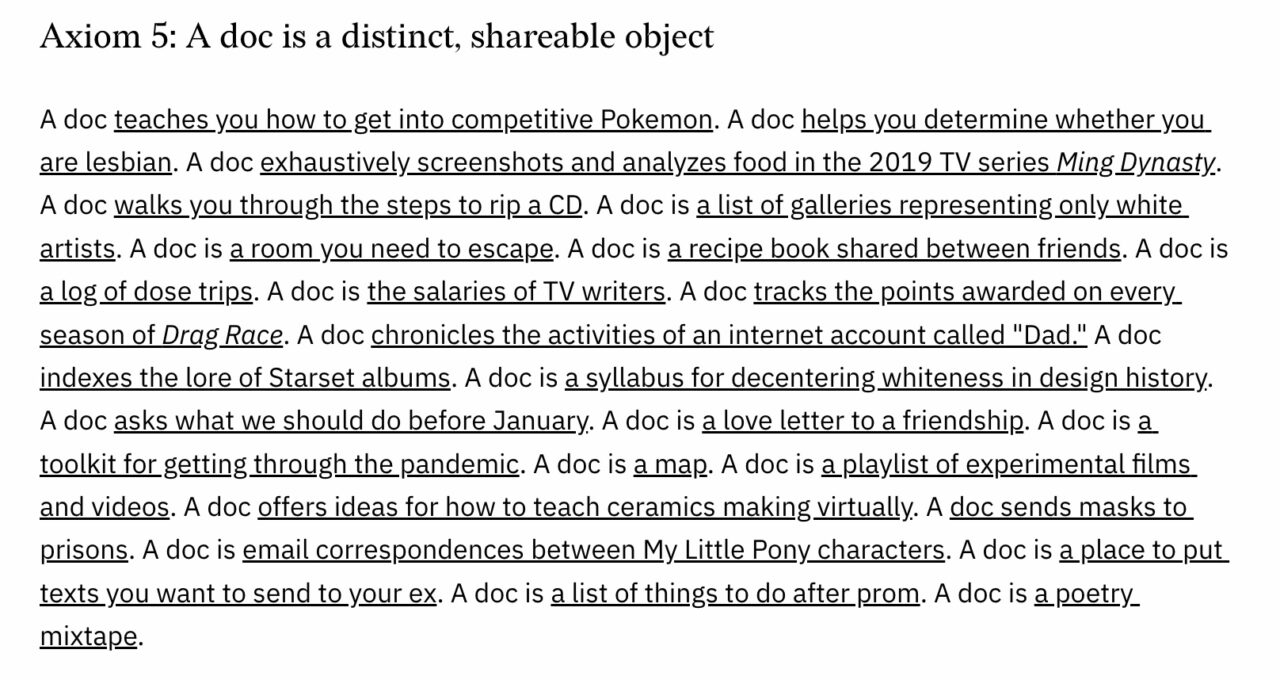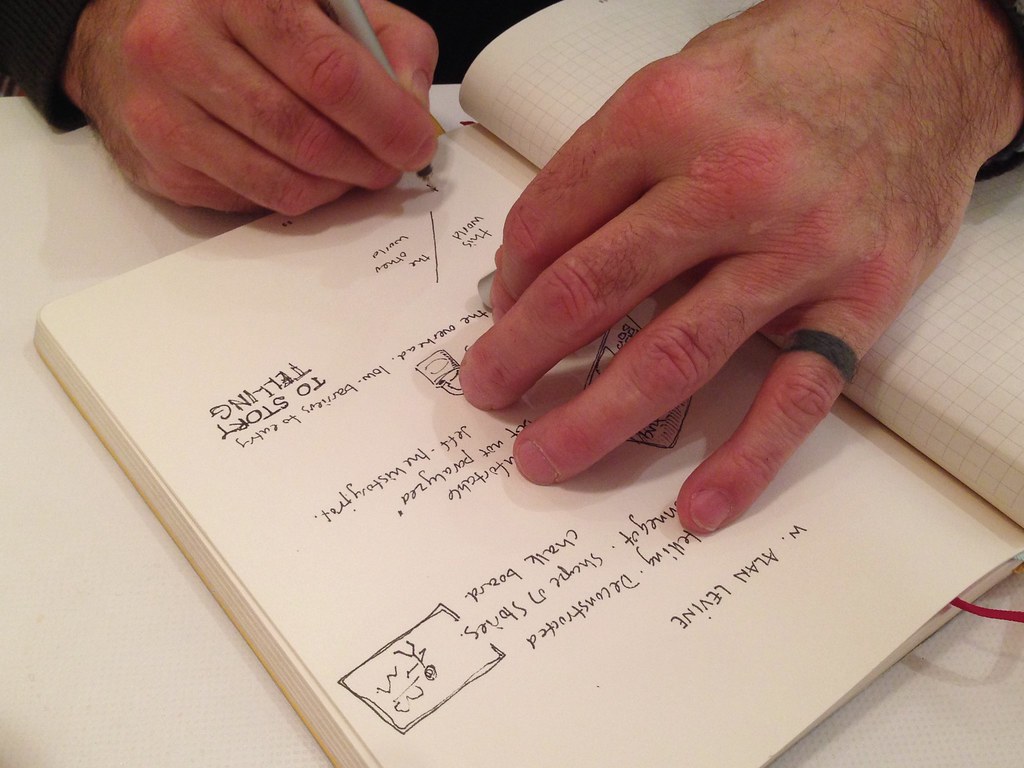Oi. My clever blog post title generator is not really jelling this morning (the unArtificial quasiIntelligence needs more coffee).
The VHS tape for #ReclaimOpen 2023 has reached the end spool, and people are dusting their blogs off to reflect on the tri-part questions of the Open Web: How We Got There, Where We Are, and We Could Go. I was not on the ground there and only caught bits on reruns (apparently my generated spawn crashed the scene).
From Jon Udell’s post in Mastodon, I was invigorated by Mo Pelzel’s thoughts on Whence and Whither the Web: Some Thoughts on Reclaim Open, e.g.
…when it comes to appreciating the sheer magic of the hyperlink. To this day I have not lost the sense of wonder about this marvelous invention.
https://morrispelzel.com/uncategorized/whence-and-whither-the-web-some-thoughts-on-reclaim-open/
and teaching me the wonderful concept of anamnesis, — “refers to ‘making present again,’ or experiencing the meaning of past events as being fully present.”
This circles back to something that has been floating as a write worthy topic, and how delightful it is to upend and bend around what you thinks is right. Let a new tape roll.
1. Web as Documents
Ages ago (months) amongst noticing the drying up of colleagues blog posts in my reader and noticing how many were sharing their content in the various social spaces, I was bit taken back. Many resources I saw being created, activities, collections of things, that I typically would have thought people would publish as good ole durable web pages or something in a blog powered platform– were, arggh, shared as Google Docs.
Docs.
Don’t get me wrong, I love me the use of the shared document. But really, it is the marginal evolution of the Word Processor. I know why people reach for them – it’s easy to use (who wants to WRITE HTML??) (me), it publishes to the web, and its the environment their work places them for large chunks of the day.
Yet, the creation of doc hosted web pages rings of “being on the web but not of the web” (Have you ever done view source on a Google doc?, can you really grasp the content and meaning it’s un-HTML a melange of JavaScript?). Here’s some beef:
- Those web addresses it creates, like (this is a fake one)
https://docs.google.com/document/d/1pGhX4uWZLJYsyo78nAydlZQ10Z8rBT-QutlYZXugly4U/edit?usp=sharingYou cannot even foresee what the link leads to from its URL, not its source (e.g. a domain name) nor any kind of file name that suggests its relevant. - Is it really durable? Will it be around in 10 years? 3? 2?
- Where does it fit into a larger work? It’s just another piece of paper hanging out in some Drive. Can the author easily find it (I know the shape of my drive, without search, I’d never find a thing)
- You have given it to Google, who is notorious for giving and then taking things away. Besides, how are they mining it?
I thought I had more. But when I think of the Open Web as the place of where we “got there”, is a Web of Documents really going to be anything more than a google sized pile of free floating papers, only findable by… its search? Is this just on the web but not very web like in spirit?
Yeah, I did not really have well developed case there, just some disgruntlement and seeing an increasing abandonment of creating web content as the kind of web content I know and love, the kind you can inspect as source and learn something or understand how it is constructed.
Hence the blog post never congealed.
2. The Doc Web
I did a complete turn around on my chewing of sour web games when I stumbled across this piece on The Doc Web, published in some thing called “Lens” (c.f. the web as an infinite space that seems to be boundless), even filed in a section called Escape the Algorithm “Remote corners of the internet—through the eyes of its finest explorers” That speaks to me as a rabbit holer.
This article completely undermined my so called “beef”
?No one would mistake a word processor for the front page of the internet, not unless their computer is nothing more than a typewriter. A hammer is not a portal, and Google Docs, the word processor of our time, is nothing more than a hammer to the nail of language. Right?
https://lensmag.xyz/story/the-doc-web
Slow down. Google Docs may wear the clothing of a tool, but their affordances teem over, making them so much more. After all, you’re reading this doc right now, and as far as I know I’m not using a typewriter, and you’re not looking over my shoulder. This doc is public, and so are countless others. These public docs are web pages, but only barely — difficult to find, not optimized for shareability, lacking prestige. But they form an impossibly large dark web, a web that is dark not as a result of overt obfuscation but because of a softer approach to publishing. I call this space the “doc web,” and these are its axioms.
It’s Axioms knock down my disdain bit by bit. What I saw as a negative in the obfuscation of the web address at foretelling its content, hits on the magic of storytelling, with the element of surprise. An invitation to explore without knowing what’s ahead. And it really range true with the fantastic linked list of examples in Axiom 5, where it shows you the fantastic ways some utterly creative souls have subverted the usual “documentness” of the way 99.9% of use use Google Docs (like ye olde Word Processor) and have created some insanely enjoyable web corners.
Just glance:

I leave it for you to discover, but these are mind blowing examples of web ingenuity subverting the document concept:
- A choose your own adventure game sure you can twine this, but in a doc format… it works
- A crazy animated map MADE IN A SPREADSHEET (with some nods to the web ancient DS106 Spreadsheet Invasion Assignment by Tom Woodward)
- 51 pages of one work of fan fiction
- A spreadsheet of one person’s daily poetry act billed as a “mixtape”
I love this kind of stuff. This shows that despite the age of our algorithmic AI wielding web T-Rex’s, there are all kinds of creative mammal scurrying around in the web underbrush.
I can dig this Web of Docs.
3. It Was Pages All Along
Speaking of the web that was- we always talked about the web as “pages” (skeuomorphing as much as “dialing” a phone) — the construct of them with formatting “tags” is very much taken from the old document producing methods that pre-date the web.
And smack my own head in memories- it very much was the need for “publishing” documents in a shared format got me on the web in 1993. In my work then at the central faculty development office at the Maricopa Community Colleges, I was eager to provide across our large system means for people to yes, share resources, but also, our published journal which had been going out in campus mail on paper.
I was driven then to find digital ways to share so much information I saw in paper. And while we had a system wide shared AppleTalk network for mac users, half of the system was on Windows PCs. Until late 1993, I had been making a lot of effort to make resources available on a Gopher server (a Mac II plugged into the network).
I went through some extraordinary (and laborious) efforts once to publish our journal as a HypeCard stack and convert it with some app to Toolbook (which ran on windows). It worked… but was really ugly to do.
In that time I had come across the early text based World Wide Web (as it had to be said them) browsers, you’d have to enter a number on a command line to follow a hyperlink, and most of what I saw was papers of some physics lab in Switzerland. It was not “clicking” yet.
Then, like many lightning bolts I had, a wise figure intervened. In October 1993 I was visiting Phoenix College for a tech showcase event, and a great colleague named Jim Walters, very wizard like, handing me a floppy disc upon which he had written “MOSAIC”. All he said was, “Hey Alan, you like the internet, try this.”
This was always a powerful lesson- Jim was not trying to techsplain to me or show off his vast experience, he handed me an invitation to explore. He made a judgement call that this might be of interest.
That of course changed everything. That the web was navigable in this first visual web browser my clicking links, and it included images, even crude audio/video, was a mind opener. And then when I came across the NCSA Guide to HTML. I saw that with a simple text editor, I could create rich media content, that could be connected to other places with this magic href tags– and best of all, it was in a format that both Mac and PC computers could navigate the same content.
In about two weeks of getting that floppy disc, I came across software that would let me run a public web server from a Mac SE/30 plugged into an ethernet port on my office, and I was off on this journey.
And the bigger light was, yes, I had some know how to set up a web server, but the fact that web pages crafted in HTML could actually be shared on floppy discs or local media, meant that I could help faculty learn to create their own web media documents, etc, becoming maybe my first somewhat successful web project beyond my institution, Writing HTML.
And that still rings to me, here 30 years after my first web server, that the act of writing the web, not just clicking buttons in an interface, or at least conceptually understanding how the href tag works, is the magic light in all the mix.
The very fact, that through mostly a tactile act of writing a tag, I can create a linked connection from my blog here, to say Mo’s post is completely what the open web was and still is about.
The link. And Writing Links is an act of generosity for both the linkee and the reader.
A web of Documents or the Doc Web? It does not matter, it’s all webbed.
Featured Image:


